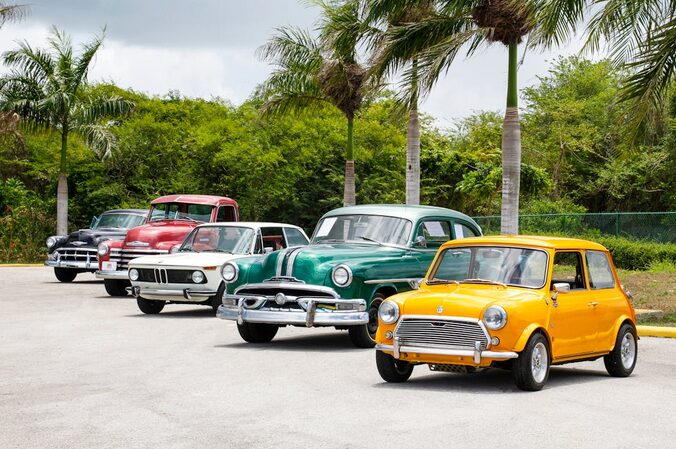
Restoration vs. Preservation: Which Approach Is Right for Your Classic Car?
Classic cars hold a unique charm that transcends generations. They are not just vehicles. They’re time machines, each with a story etched in its metal and paint. For enthusiasts, the debate between restoring and preserving these automotive treasures is as old as the cars themselves. Should you breathe new life into an aged beauty or keep it untouched to maintain its historical integrity? Your choice can shape not only the car’s future but also your experience as an owner. Let’s dive deeper into what restoration and preservation mean for Beverly Hills Car Club, helping you find the right path for your prized possession.
The Importance of Restoring or Preserving a Classic Car
Classic cars are more than just vehicles; they embody a piece of history. Each model tells a story, reflecting the era in which it was born. Restoring or preserving these beauties ensures that their legacy endures for future generations to appreciate. Restoration breathes new life into neglected classics, allowing enthusiasts to enjoy them in pristine condition. It can revive the original charm and functionality, making every drive feel like stepping back in time.
Restoration: Process and Pros/Cons

Restoration of a classic car involves bringing it back to its original glory. This process can be extensive, often requiring complete disassembly. Mechanics, bodywork specialists, and paint experts may all play a role. One significant advantage of restoration is customization. You have the freedom to enhance performance or incorporate modern conveniences while maintaining an authentic look. For enthusiasts, this can make driving even more enjoyable. However, restoration has its drawbacks. It can be time-consuming and labor-intensive, leading to high costs that might exceed initial estimates. The risk of losing historical value also exists if modifications stray too far from the original design.
Preservation: Process and Pros/Cons
Preservation involves maintaining a classic car in its original state. This approach focuses on protecting the vehicle’s existing features rather than altering them significantly. The process typically starts with thorough cleaning and detailing. Once cleaned, rust treatment and protective coatings are applied to prevent further deterioration. Regular inspections help identify any issues early on. One major advantage of preservation is that it retains the car’s historical value. Enthusiasts often appreciate the authenticity of an unaltered vehicle, which can enhance its appeal at shows or auctions.
Factors to Consider When Choosing Between Restoration and Preservation

Choosing between restoration and preservation involves several key factors. First, consider the car’s current condition. A vehicle in need of extensive repairs may benefit more from a full restoration. Next, think about your personal goals. Are you looking to drive it regularly or simply display it? This can influence whether maintaining its original state is preferable or if a complete overhaul is necessary. The car’s history also plays an important role. If it’s a rare model with significant heritage, preserving its authenticity might be essential for long-term value.
Cost Comparison Between Restoration and Preservation
When evaluating costs, restoration, and preservation approach the budget differently. Restoration is often more expensive upfront. It involves extensive labor and high-quality parts to bring a car back to its original glory. You might need new paint, engine work, or interior replacements all of which can add up quickly. Enthusiasts often invest thousands of dollars in meticulous detail.
Tips for Maintaining a Restored or Preserved Classic Car
Keeping your classic car in top shape requires attention and care. Regular maintenance is key to preserving its beauty and performance. Start with routine inspections of the engine, brakes, and tires. Early detection of issues can save you from costly repairs later. Cleaning is essential too. Use gentle soaps specifically designed for vehicles to avoid damaging the paintwork or interior materials. Waxing a few times a year will keep that shine intact. Don’t overlook the importance of proper storage. A climate-controlled garage protects against humidity and temperature fluctuations, which can harm sensitive components.
When it comes to classic cars, the decision between restoration and preservation can be pivotal. Each approach has its own unique merits and challenges. Restoration offers a chance for a complete overhaul, transforming your vehicle back to its original glory. However, this process often involves significant time, effort, and finances. On the other hand, preservation allows you to maintain the car’s authenticity with minimal intervention. This route acknowledges the character that comes with age while still ensuring functionality.

